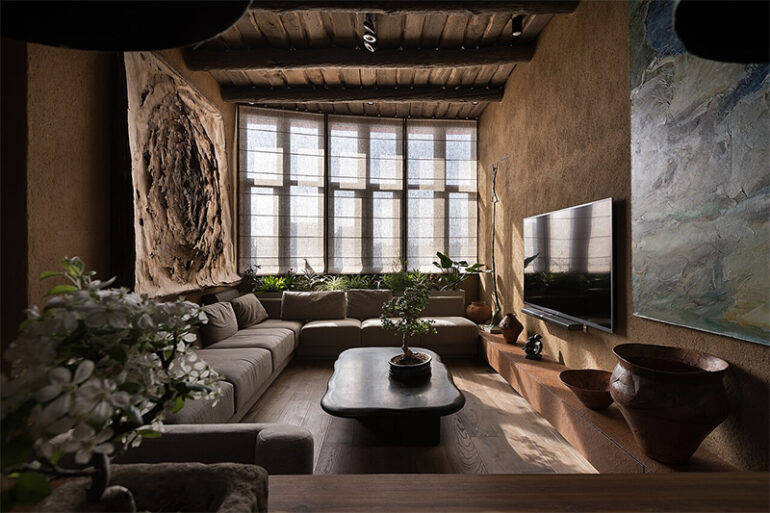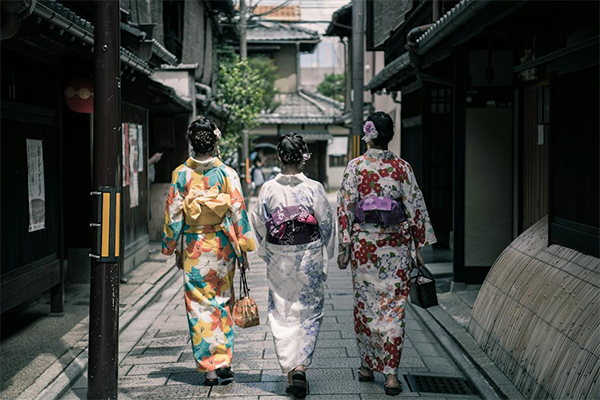Wabi-Sabi, a Japanese concept, acknowledges that things were not flawless when they were made. It teaches us to appreciate old, fading, and worn-out things and to recognize the frailty and transience of existence. We learn the virtue of simplicity and honesty from philosophy. It reminds us that there is tender beauty and charming small things all around us, even in the middle of shattered things. As Wabi-Sabi grows around the world, it inspires people to live more morally and deliberately to value what is broken, and to see beauty in the ordinary.
Wabi-Sabi’s Fundamentals
The emphasis of wabi-sabi is on the beauty and worth of imperfections. The Japanese Wabi-Sabi style serves as a poignant reminder of life’s transience. It implies that rather than focusing on flawless or symmetrical objects, we should discover beauty in those that are old, faded, and worn out. Wabi-Sabi instills in us an appreciation for life’s basic, sincere pleasures. It reminds us that there is tender beauty and charming small things all around us, even in the middle of shattered things.
Wabi-Sabi’s Aesthetics: Accepting Imperfection
Wabi-Sabi views flaws as beautiful rather than as problems. This saying tells us to accept our flaws instead of trying to be perfect. Wabi-Sabi says that we should value flawed things. It serves as a reminder that things change and that by accepting who we are, we can better comprehend the cycles of life. We can enjoy, accept, and take in the broken beauty all around us more readily when we understand that things aren’t perfect.
Using Japanese Aesthetics to Implement Wabi-Sabi in Daily Life
We could learn to appreciate life’s small joys by embracing wabi-sabi. It suggests that we sit down and enjoy the small things in life. Because of Wabi-Sabi, we can enjoy small things like a broken teacup, or the way leaves change with the seasons. We may create calm environments by acknowledging that nothing is perfect. The Wabi-Sabi ideology encourages people to live simply, use handcrafted goods, and find peace in nature in order to live a more meaningful and reflective life.
Wabi-Sabi’s Impact and Dispersal in Modern Society
The “Wabi-Sabi” aesthetic style originated in Japan and has now spread to other nations. It is clear that modern civilization influences many aspects of life, such as lifestyle choices, fashion, and art. Wabi-Sabi offers a welcome diversion from the mass production and accuracy of today’s world. Its ethos, which embraces faults and finds beauty in simplicity, appeals to people who wish to live a more truthful and open life. As more people become aware of the Wabi-Sabi principles, they are inspired to live more sustainably and meaningfully. They act as a subliminal reminder to value flaws and find beauty in the commonplace.
In a world that values harmony and order, wabi-sabi is a powerful way to remind people that beauty may be discovered in its faults. We are encouraged to accept life’s impermanence and imperfections and find comfort in worn-out, aged items by the Japanese concept of Wabi-Sabi. We may grow in humility, acceptance, and thankfulness for the imperfect beauty all around us if we realize how simple and real things and occurrences truly are. Around the world, Wabi-Sabi continues to inspire people. Its tenets help us live more caring and environmentally sensitive lives by encouraging us to see the beauty in the everyday and to accept our flaws.
Photo Attribution:
1st and featured image by https://commons.wikimedia.org/wiki/Category:Wabi-sabi_(esthetic_concept)#/media/File:Wabi-Sabi_Apartment_by_MAKHNO_Studio.jpg
2nd image by https://www.pexels.com/photo/three-geisha-walking-between-buildings-1325837/

